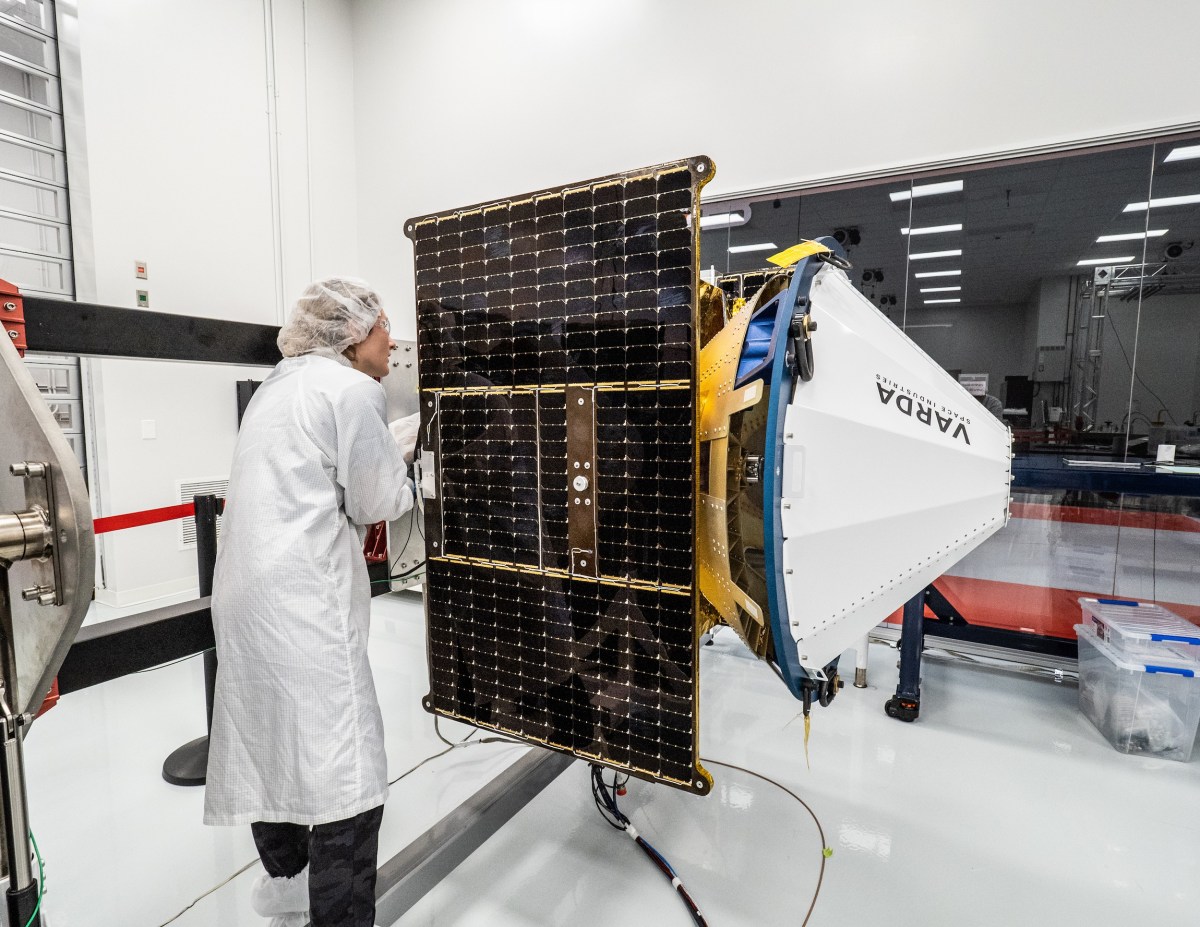This skull-shaped android head was designed to mimic human expressions
This skull-shaped android head was designed to mimic human expressions
Arduino Team — November 28, 2022

Peter Balch visited a robot exhibit at his local museum and noticed that one of the most popular exhibits was a robot head that tracked and imitated visitors' faces. It was so interesting that Balch decided to replicate the project in order to learn how it was done. To do this, he first needed a robot head to work with. This Instructables tutorial explains how he built a skull-like android head that will eventually mimic human expressions.
Balch has yet to address the facial detection and expression recognition parts of the project, which will require significant processing power. But he built the android head that will receive expression commands. It resembles a human skull with a copper tube frame that serves as both a support structure and a design accent. The head also has copper wire eyebrows (with heat set insert ends) and plastic eyeballs from a cheap toy.
The robot can tilt its head up and down, turn left and right, point its eyes in any direction, open and close its jaw, and rotate its eyebrows. It doesn't cover the full range of human facial expressions, but it does provide enough actuation for the robot to emote in a recognizable way. An Arduino Nano board drives the servos that manage the actuation. At this time, the Arduino controls the servos according to explicit commands. But once Balch completes the facial recognition software, the device it runs on will send control commands to the Arduino to replicate the functionality Balch saw in the museum.

Arduino Team — November 28, 2022

Peter Balch visited a robot exhibit at his local museum and noticed that one of the most popular exhibits was a robot head that tracked and imitated visitors' faces. It was so interesting that Balch decided to replicate the project in order to learn how it was done. To do this, he first needed a robot head to work with. This Instructables tutorial explains how he built a skull-like android head that will eventually mimic human expressions.
Balch has yet to address the facial detection and expression recognition parts of the project, which will require significant processing power. But he built the android head that will receive expression commands. It resembles a human skull with a copper tube frame that serves as both a support structure and a design accent. The head also has copper wire eyebrows (with heat set insert ends) and plastic eyeballs from a cheap toy.
The robot can tilt its head up and down, turn left and right, point its eyes in any direction, open and close its jaw, and rotate its eyebrows. It doesn't cover the full range of human facial expressions, but it does provide enough actuation for the robot to emote in a recognizable way. An Arduino Nano board drives the servos that manage the actuation. At this time, the Arduino controls the servos according to explicit commands. But once Balch completes the facial recognition software, the device it runs on will send control commands to the Arduino to replicate the functionality Balch saw in the museum.
What's Your Reaction?






















